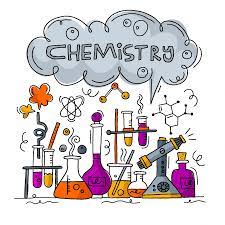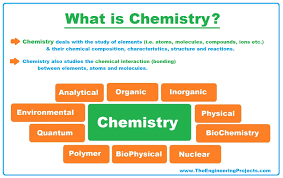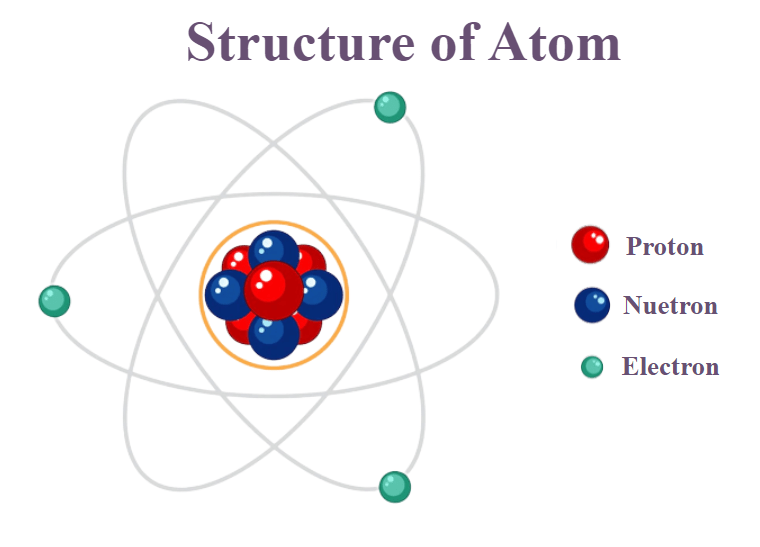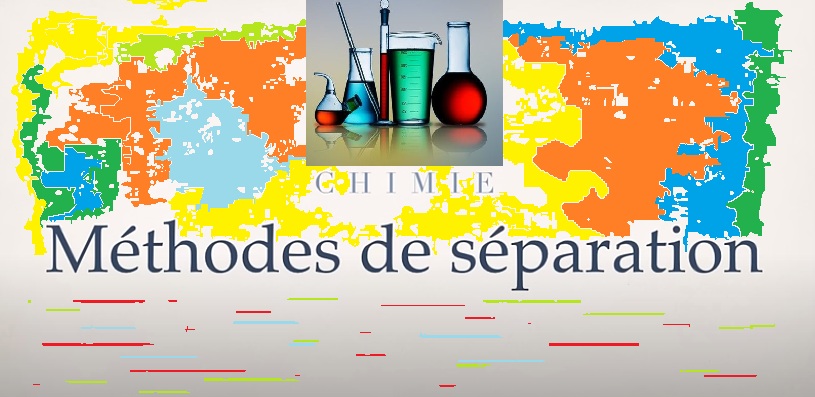S3
Scientific writing is a clear, precise, and structured form of communication used to present research findings, ideas, and data. It emphasizes objectivity, evidence-based arguments, and logical organization to ensure that the information is understandable and replicable.
- معلم: Ouchen Bouchra

In this lesson, we discovered that atoms, the fundamental building blocks of matter, consist of smaller particles called protons, neutrons, and electrons. Protons define an element's identity, while electrons zoom around the nucleus in an electron cloud, and neutrons act as a stabilizing force within the nucleus. The number of protons determines an element's type, seen as its atomic number on the periodic table. These components work together, influencing an atom's characteristics and behavior, explaining why different elements possess distinct properties.This lesson on the composition of atoms and their subatomic particles is essential for anyone curious about the fundamental nature of matter. Understanding atoms and their internal components—protons, neutrons, and electrons—unveils the reasons behind the diversity and distinct properties of elements. It sheds light on how these tiny particles work together to create the building blocks of everything around us. Whether exploring basic science or delving into the complexities of elements and their behavior, this lesson serves as a foundational step towards grasping the incredible world of atomic structure and its significance in our understanding of the physical world.
- معلم: cherfa nesrine

https://youtu.be/t8x3wdXZGEY?si=OnZ9g8vPdlEyFr5M
- معلم: cherfa nesrine
- معلم: fs transversal
- معلم: fs EAD decouverte

- معلم: cherfa nesrine
- معلم: fs transversal

Explore the historical evolution of alchemy and its surprising impact on modern chemistry. Uncover how alchemists' pursuit of the philosopher's stone led to pivotal discoveries in chemistry, including elements and acids. Discover the influence of alchemical principles on medicine and toxicology, reflecting on the challenges and legacy of this secretive yet pioneering field. Gain insight into the imperfect yet invaluable journey of scientific exploration and discovery
- معلم: cherfa nesrine

The course "Exploring Atoms - The Building Blocks of Matter" delves into the essence of atoms, elucidating their significance as the fundamental units composing everything in the universe. From ancient philosophical concepts to modern scientific advancements, it unravels the journey of understanding atoms, showcasing their role as the cornerstone of our comprehension of the world.
- معلم: cherfa nesrine

The course begins with an in-depth exploration of mixture separation methods, whether homogeneous or heterogeneous. For homogeneous mixtures, distillation and liquid-liquid extraction are covered, highlighting how these techniques exploit differences in boiling points and solubility to separate components. Regarding heterogeneous mixtures, the course emphasizes the use of filtration, decantation, and centrifugation, approaches that take advantage of the distinct physical properties of the constituents.
The course then shifts focus to chromatographic techniques, particularly emphasizing liquid chromatography (HPLC) and gas chromatography (GC). These sophisticated analytical chemistry methods rely on the separation of components based on their specific interactions with a stationary phase. HPLC uses a liquid stationary phase, while GC employs a gas stationary phase, allowing for the fine separation of components based on their physico-chemical properties.
Overall, the course highlights the crucial importance of these separation and chromatographic techniques across various scientific fields. Whether for the purification of complex substances or for detailed analysis of sample constituents, these methods provide essential tools for researchers in chemistry and related domains.
- معلم: CHINI Zine Labidine

